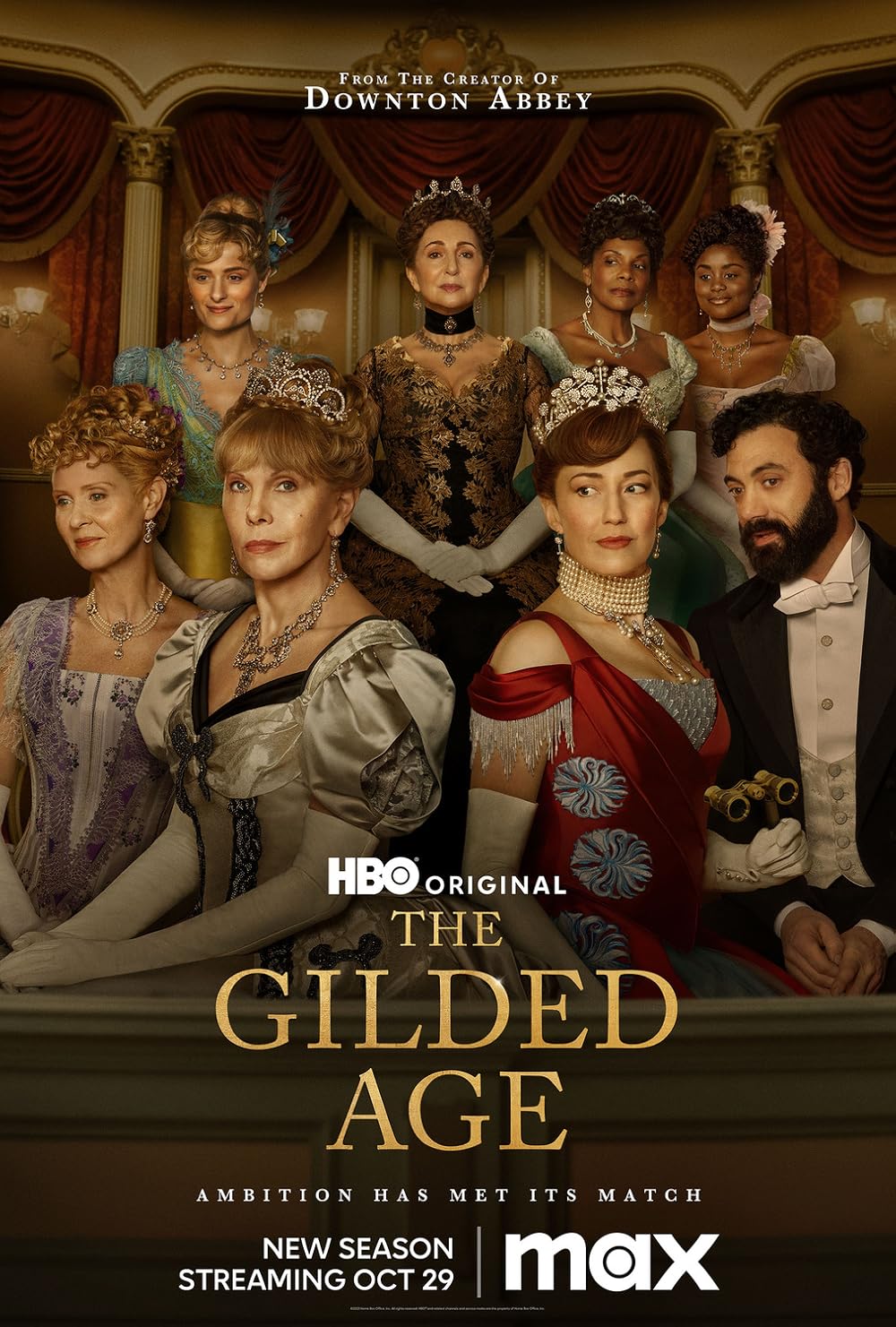With these Gilded Age social woes swooping down on us like Oz’s flying monkeys, why has Julian Fellowes’ Max series, also called The Gilded Age, enjoyed so much popularity? I believe that it is, paradoxically, comfort television.
The focus of the show is the clash between old and new money in New York high society, a sort of Real Housewives of the nineteenth century. The stakes are low; season one revolves around invitations to a ball, and season two is a battle over opera boxes. There are nods to poverty, worker unrest, racism and female disempowerment, but even these are quaint and candy-coated.
The most syrupy example is a steel mill strike meant to represent the famous Homestead strike of 1892. Instead of thousands of workers barricading the mill to protest wage cuts and fatally dangerous working conditions, we get a few dozen men protesting in an organized fashion under a remarkably blue sky.
Instead of a bloody firefight that involved women and children, we have a peacemaking robber baron who halts the conflict, indignantly declaring that “these men have families!” Instead of state militia occupation and capitalists crushing the union under their boot heels, we are left with a sense that the noble workers won.
Similarly, while there are non-rich people depicted in the series, there is no representation of the squalor endured by the poor or the filthiness of New York in the Gilded Age, when the streets were choked with garbage and mountains of horse manure filled open lots. The Black characters are largely surrounded by enlightened white people, and the racism they face is genteel for a period which historians call the nadir of post Civil War race relations.
Working women are portrayed as having a good deal of agency and success, and while many are based on real people like Clara Barton, who founded the American Red Cross, and Emily Warren Roebling, who was recognized (posthumously, of course) for building the Brooklyn Bridge, these women were the Gilded Age exception that proves the rule, the rule being that women had very little power.
The result of these creative choices is a pleasant, gauzy portrait of late nineteenth century New York, a theme park version of real events. There is comfort to be had in this vision of the past sanitized of its ugliness, particularly right now, when the news is a firehose of reminders that we’re facing many of those same problems in our own gilded age.
